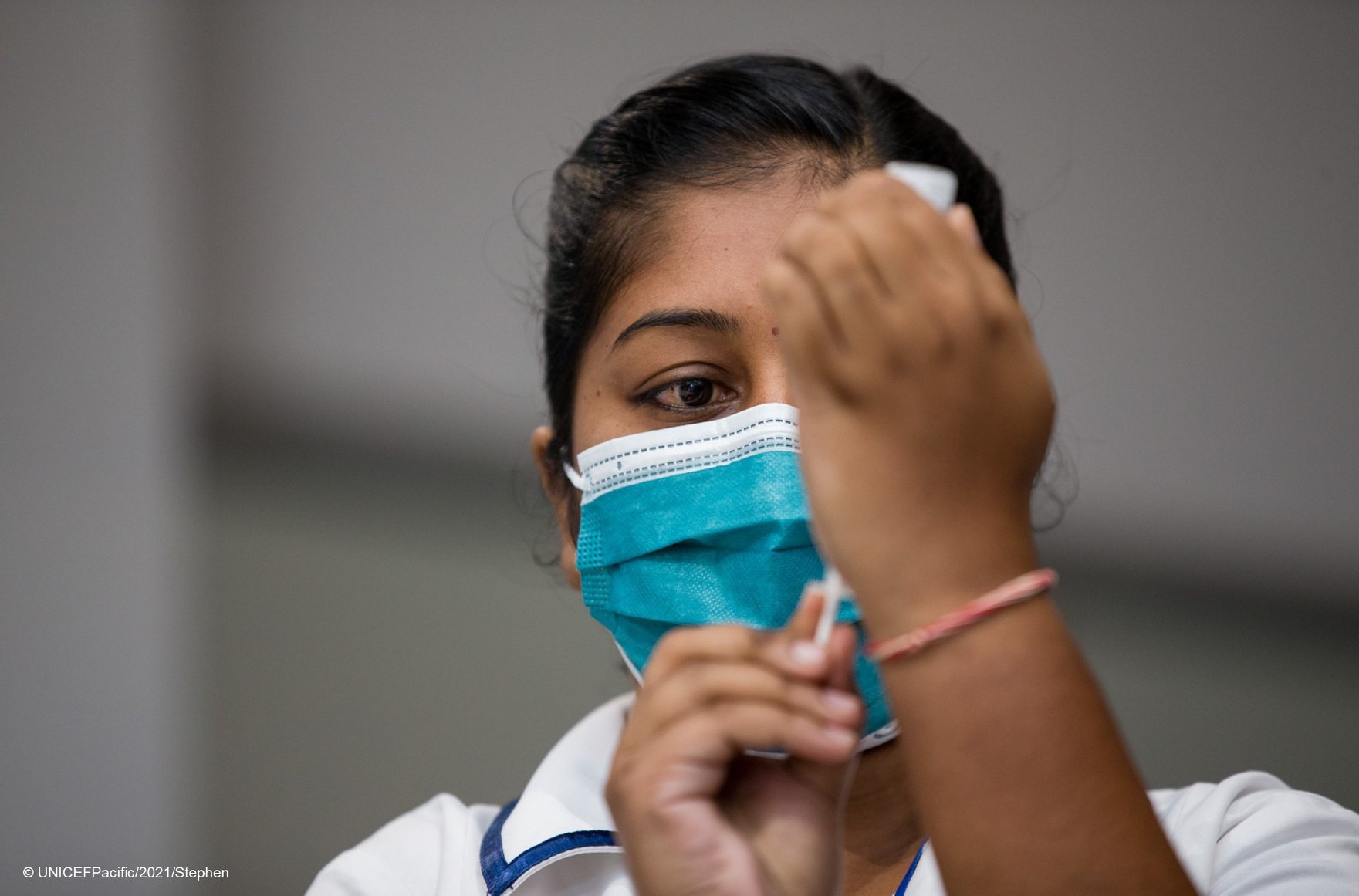Despite efforts to coordinate coronavirus vaccine delivery on a regional and global basis, Pacific Island governments are increasingly meeting their vaccine needs through bilateral arrangements, a situation which is leading to politicisation of the vaccination efforts.
The World Health Organisation’s Western Pacific Office says it will be some time before enough people are vaccinated in some Pacific countries to consider relaxing strict border restrictions.
“WHO would also like to stress that although global vaccine demand vastly exceeds supply, we must continue to work towards equitable distribution to ensure all countries have their most vulnerable groups protected, as soon as possible. Until all countries are safe, no country is safe; and even within countries, no community is safe until every community is safe,” the Western Pacific Office said WHO has said in response to questions from Islands Business.
“There’s some vaccine nationalism happening” agrees Sunia Soakai, who is working on the COVID response as part of the Pacific Community’s (SPC) Public Health Team.
“This is why COVAX was set up, to try and ensure there is equitable distribution of the vaccine” he says. “It has to some extent achieved that objective.” And are Pacific Islands getting vaccines in sufficient quality quickly enough? “If you asked me if I was at a country level, at a national health administration, my response would be that it is too small, it is too slow.
“In an ideal world there would be enough supply for everyone to be vaccinated, but that hasn’t happened. There was some thinking that by 2021 most of the Pacific would be vaccinated. We’re still using that as an end game…the more candidates (of vaccines) available, the better.”
A proportion of the Pacific’s vaccines are arriving through COVAX, a multilateral global access facility based on pooling procurement. This month, the World Health Assembly heard that while COVAX has shipped roughly 72 million doses to some 125 developing nations globally, that’s just 1% of their combined populations.
For the full story, log into your account or subscribe to Islands Business.
